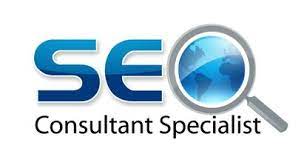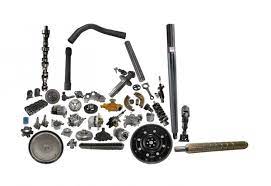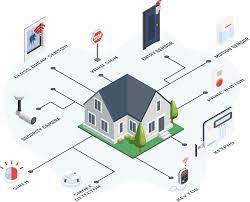Why Real Estate? Unraveling the Multifaceted Benefits for Investors
“Why invest in real estate?” It’s a question that has intrigued and inspired investors for generations. Real estate’s multifaceted benefits make it a compelling choice for those seeking to build wealth, secure financial stability, and achieve long-term success. In this article, we will unravel the myriad advantages of investing in real estate and shed light on why it continues to be a preferred investment avenue for many.
Steady Cash Flow
Real estate investment, particularly through rental properties like 5 bedroom house for sale in Tarneit, provides a consistent stream of rental income. This dependable cash flow can serve as a reliable source of passive income, enabling investors to cover expenses, repay loans, and build wealth over time.

Appreciation Potential
Real estate has historically appreciated in value over the long term. This appreciation can significantly enhance an investor’s overall return on investment (ROI) and create substantial profits when selling properties.
Leverage Opportunities
Real estate allows investors to leverage their capital effectively. By financing a portion of the property’s purchase price through mortgages or loans, investors can control more substantial assets with a relatively small initial investment.
Tax Benefits
Real estate offers numerous tax advantages, including deductions for mortgage interest, property taxes, and depreciation. These tax incentives can reduce an investor’s overall tax liability and increase their net returns.
Diversification
Real estate serves as a valuable diversification tool within an investment portfolio. Its low correlation with traditional assets like stocks and bonds can help spread risk and provide stability during market volatility.
Control Over Investments
Real estate investments provide a level of control that many other investment options lack. As a property owner, investors can make decisions that directly impact their investments, such as property improvements, rent adjustments, and tenant selection.
Hedge Against Inflation
Real estate is often considered a natural hedge against inflation. When prices rise, real estate values tend to increase as well, helping to preserve an investor’s purchasing power and wealth.
Long-Term Wealth Building
Real estate offers a compelling pathway to long-term wealth accumulation. By holding properties over extended periods, investors can amass significant assets that generate both cash flow and equity growth.
Security Through Tangibility
Real estate is a tangible asset, providing investors with a sense of security and ownership. Unlike some digital or intangible investments, real estate can be seen, touched, and visited, instilling confidence in its value.
Adaptability to Market Conditions
Real estate investments can adapt to various market conditions. Savvy investors can pivot their strategies to thrive in both seller’s and buyer’s markets, making it a versatile choice.
Real estate’s multifaceted benefits make it a standout choice for investors seeking financial success and stability. Whether you’re interested in immediate cash flow, long-term wealth building, or a hedge against inflation, real estate offers a wealth of opportunities. However, like any investment, it’s essential to conduct thorough research, seek expert advice, and formulate a well-defined strategy to harness the full potential of real estate as an investment avenue. By doing so, investors can unravel the numerous benefits and unlock the vast potential of real estate investing.

















